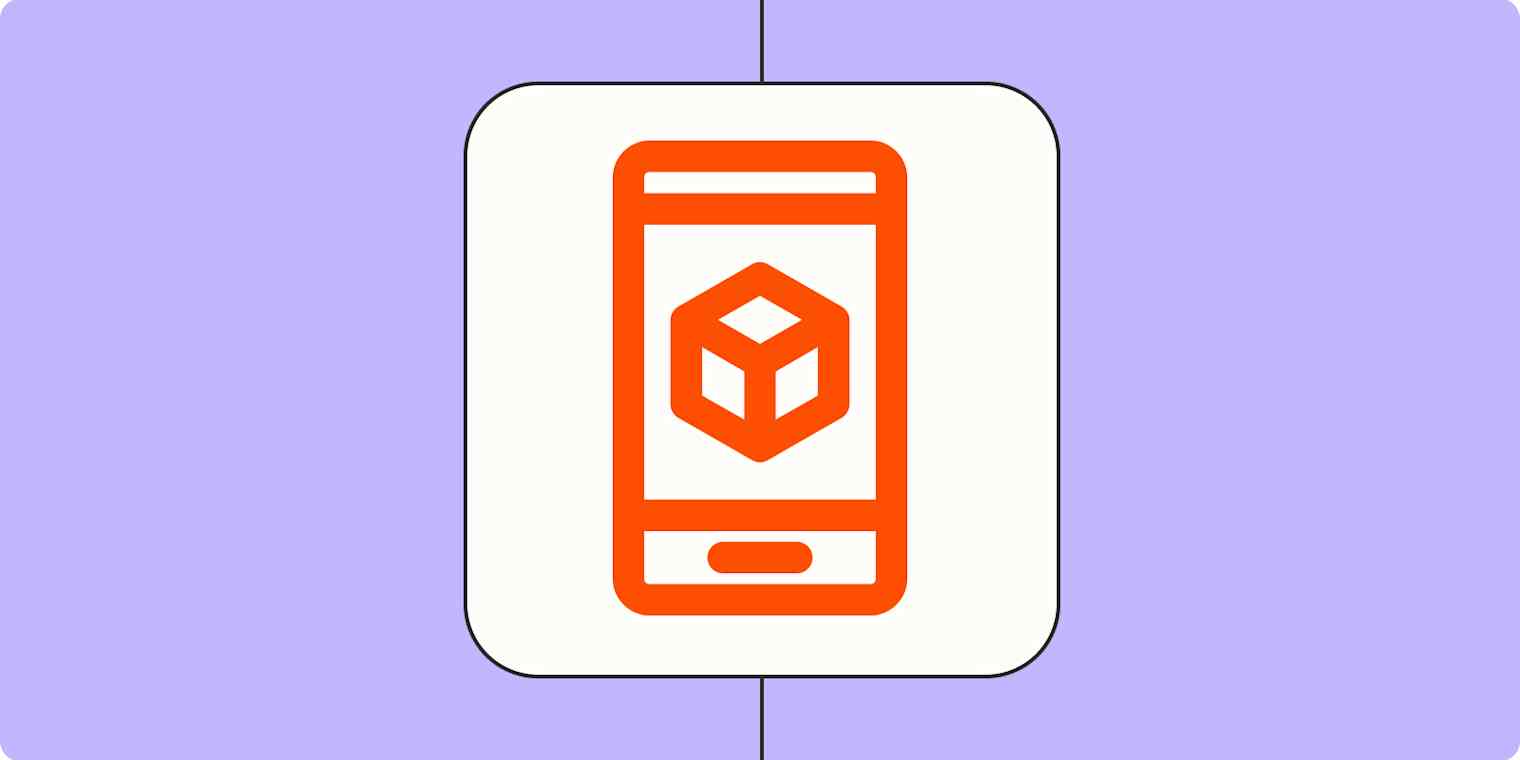Automation inspiration
6 min read6 ways to automate your no-code app builder
By Nicole Replogle · January 9, 2025

Get productivity tips delivered straight to your inbox
We’ll email you 1-3 times per week—and never share your information.
Related articles
Improve your productivity automatically. Use Zapier to get your apps working together.








